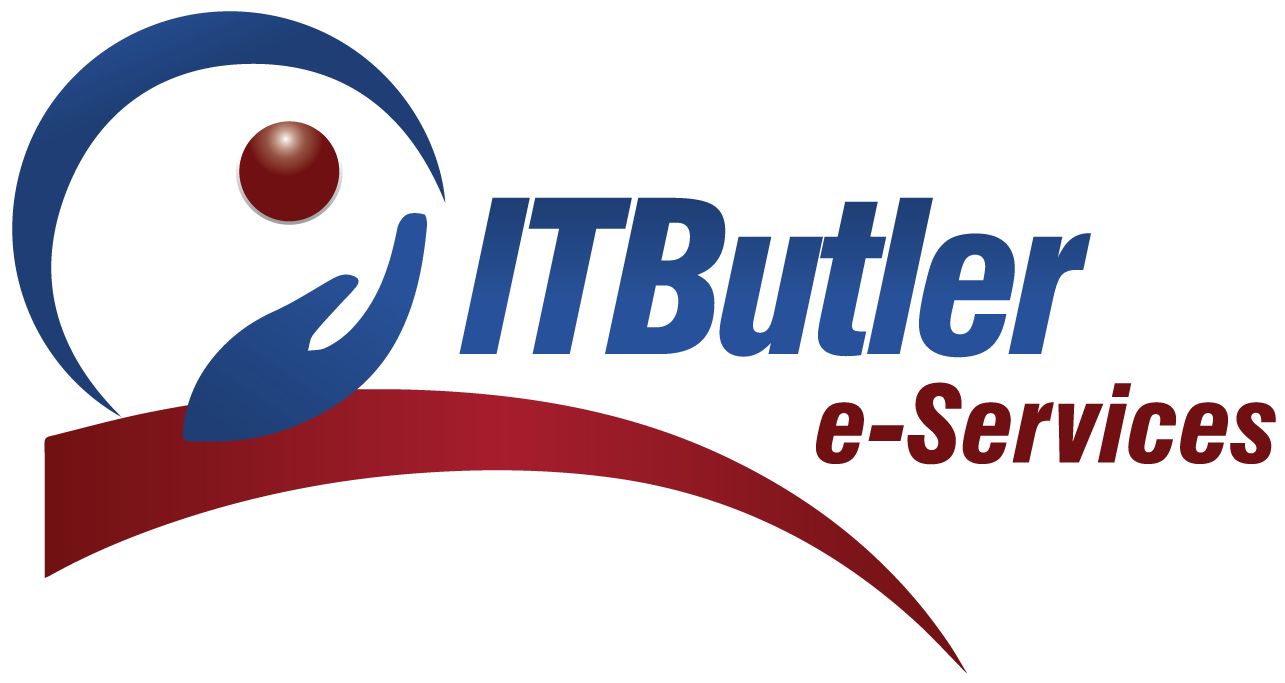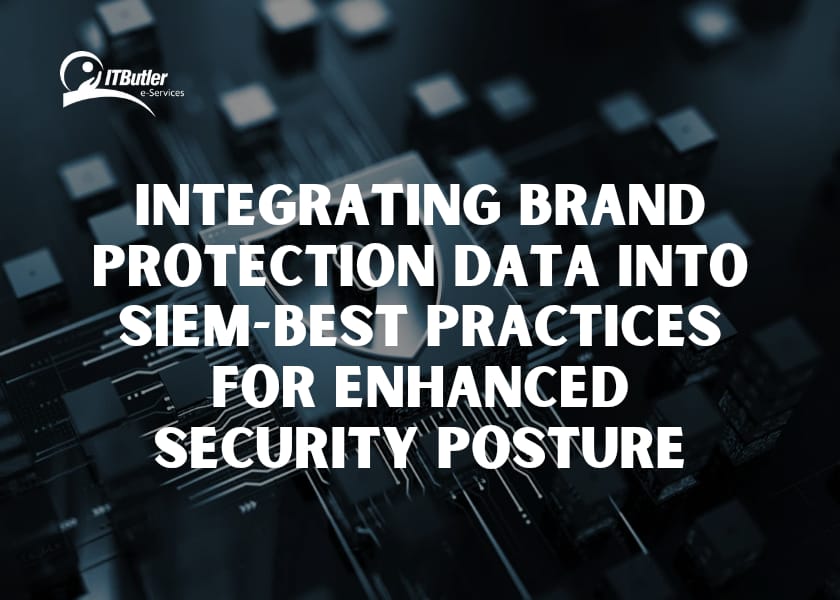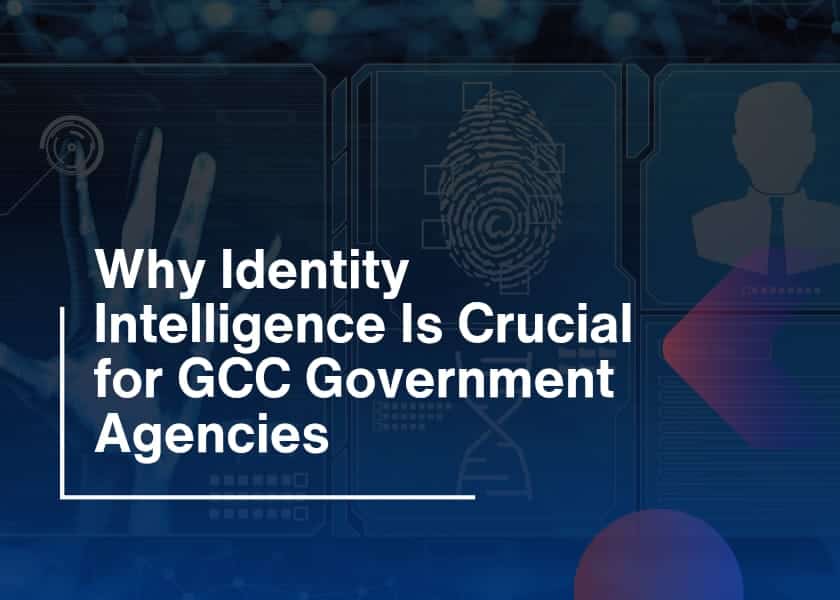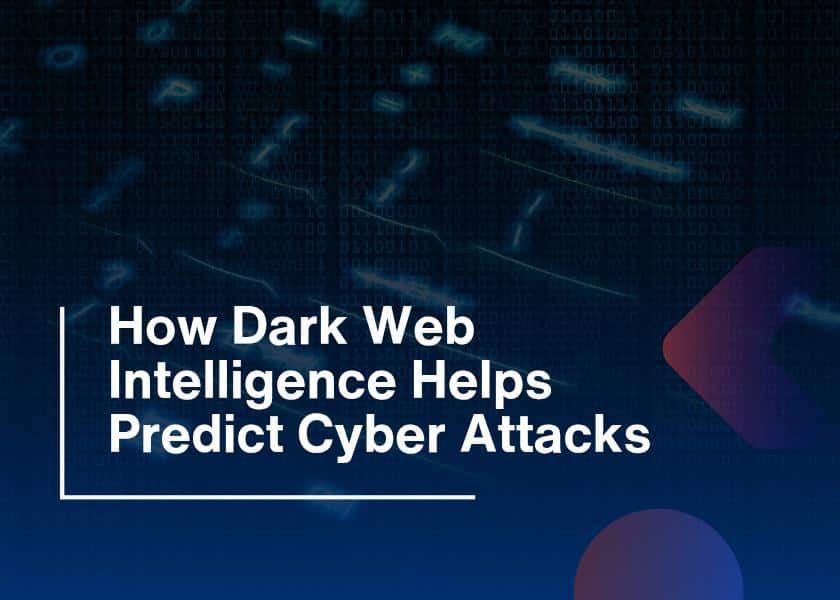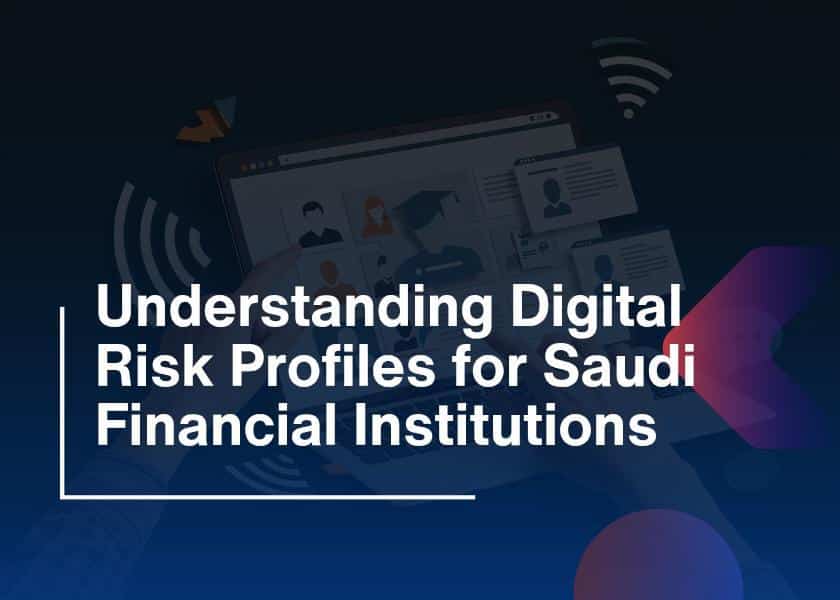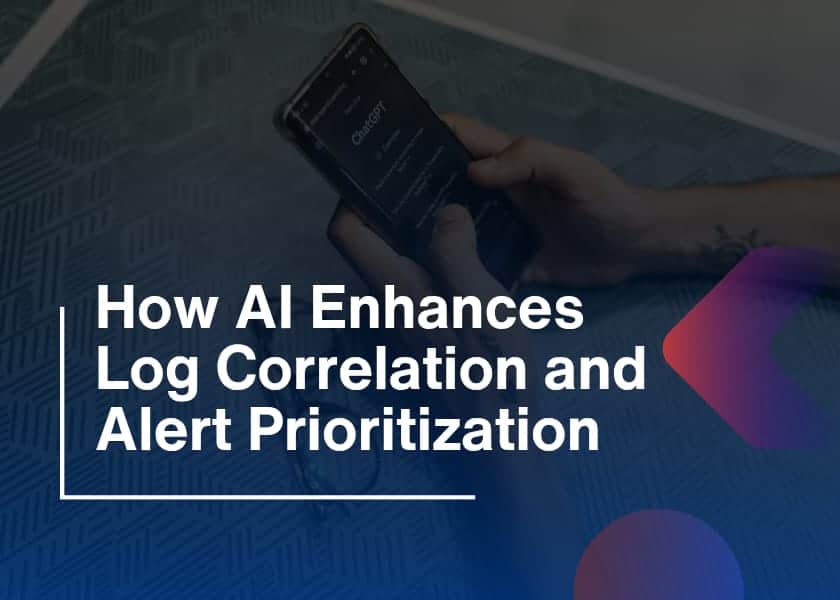You wake up sipping coffee and are just catching the morning news. Then it happens! Phishing emails going around as though they came from you. Then it gets even worse – counterfeited products featuring your logo will start circulating all over the streets. Such nightmares plague many businesses but do not know how to keep them in check before things get messy. But now welcome to the world of SIEM brand protection where tools are the superheroes of cybersecurity.
Together, they do not just fight cybercrime but annihilate it. In this blog, we will talk about how bringing brand protection data into SIEM is your golden ticket to a secured posture. So prepare for hands-on tips and real-life examples.
Why is SIEM Brand Protection Data needed?
Brand protection data integration into SIEM is like giving your car a turbo boost. As it enhances your existing capabilities and offers specific benefits, such as:
1. Holistic Threat Detection
Without integration, SIEM watches the internal systems, adding brand protection, and monitoring the outside world, too. Thus, it’s similar to a flashlight upgrade for floodlights.
2. Faster incident response
Your response time improves dramatically since it’s all centrally held. So there should be no bouncing between tools and dashboards.
3. Proactive Risk Mitigation
However, the integrated systems can recognize and address potential threats before they snowball into full-blown crises.
4. Compliance and Reporting
Many organizations demand comprehensive incident reports. Therefore, an integrated SIEM keeps everything recorded in one location and thereby simplifies the process.
But What exactly is SIEM Why It Matters
SIEM, pronounced “seam,” is like the all-knowing eye of your cybersecurity system. As it collects, analyzes, and correlates security data from across your IT environment to detect and respond to threats.
But why not generalize that to overall cybersecurity? SIEM brand protection keeps your tool on the lookout for brand-specific threats. Imagine counterfeit products, phishing emails using your company name, or even shady social media impersonations. In other words, SIEM does not only protect your IT systems instead it protects your identity, reputation, and bottom line.
What are the Building Blocks of Integration
Integrating brand protection data into SIEM requires the right strategy. So to get started, follow the best practices outlined here and set yourself up for success.
1. Evaluate Your Needs
Not all threats are equal, and not all businesses are at the same risk. So luxury retailers might be worried about counterfeit goods, whereas a tech startup may fear intellectual property theft.
Action Step: Conduct a risk assessment. List the top threats to your brand and rank them by likelihood and potential damage. Thus, use this as your roadmap.
2, Choose the Right SIEM Tool
Choosing the right SIEM tool is half the battle. However, the most widely used SIEM tools available in the market are:
- Splunk
- IBM QRadar
- LogRhythm
What to Look for?
- Third-party brand protection service compatibility
- Real-time detection of threats with automation.
- User-friendly interface because nobody wants to read out a puzzle of buttons while getting attacked.
3. Integrate threat feeds
Imagine threat feeds as intelligence gathered by your cybersecurity spies. As these external data sources monitor everything from the dark web to fake social media accounts. So you expand the scope of your SIEM by feeding this information into it.
Example Feeds:
- Phishing domain databases.
- Counterfeit goods marketplaces.
- Social platform brand impersonation alerts.
4. Automate, Automate, Automate
The process of monitoring is ineffective and vulnerable to human error. So leverage automation to ensure that the system remains active even during your employee’s off-work hours.
Example Use Case:
Institutionalize the workflows with the SIEM system flag and block those domains similar to your brand name immediately.
5. Train Your Team
No amount of advanced SIEMtoolsl can rescue you if your team isn’t trained to use them. So provide regular training so IT staff and customer support, alike, know how to respond to alerts.
6. Monitor and Refine
Cybersecurity isn’t aset-it-and-forgett operation. However, it monitors the system reviews the alerts, and refines the process to maximize your efficiency. Therefore, schedule reviews quarterly to remain ahead of emerging threats.
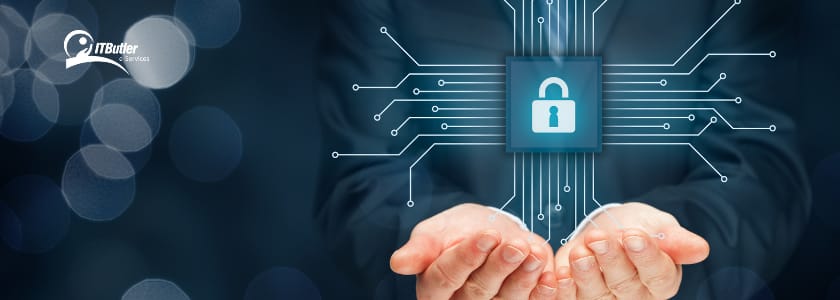
How SIEM Improves Brand Protection
Let us break it down with concrete examples of how brand protection data integrated into SIEM adds value:
1. Phishing Campaign
You are a well-known online retailer. So hackers construct phishing emails that mimic your discounts, enticing customers to input credit card information on fake Web sites.
How SIEM Assists:
Using brand protection feeds, the SIEM detects emerging fake domains and notifies your team for quick domain-blocking actions.
2. Counterfeit Products
You are a luxury goods manufacturer, and counterfeit versions of your products begin appearing on online marketplaces.
How SIEM Helps:
It monitors these platforms and can identify and flag counterfeit listings. So with automation, you can even initiate takedown requests in real time.
3. Social Media Impersonations
A hacker creates a Twitter account pretending to be your CEO, tweeting damaging misinformation.
How SIEM Helps:
The account is reported and removed within hours. Moreover, the integrated social media monitoring detects impersonation attempts and notifies your team.
Overcoming SIEM Integration Challenges
Like any other tech project, integration of brand protection data into SIEM is not without its challenges. So here is how to deal with them:
- Data Overload: SIEM tools generate thousands of alerts. So filter them down to the high-priority threats.
- False Positives: Not everything that is flagged is malicious. Therefore, fine-tune your system regularly to cut out the noise.
- Cost: SIEM tools can be costly, but consider them an investment. As the cost of a data breach far outweighs the expense of robust cybersecurity.
Future of SIEM Brand Protection
As cyber threats evolve, so must our defenses. But the future of SIEM lies in AI and machine learning, which will be able to predict and neutralize threats.
Imagine a world where your SIEM does not just alert you, but also proposes the best course of action. We are not far off from this reality.
Conclusion
SIEM is a game-changer when integrating brand protection data within any organization. As it implements these best practices and transforms your security posture into proper brand protection. Remember: though cybersecurity is a serious business, don’t forget to take yourself lightly. A smile can sometimes be the best armor against stress, and, quite frankly, it’ll probably confuse hackers.
